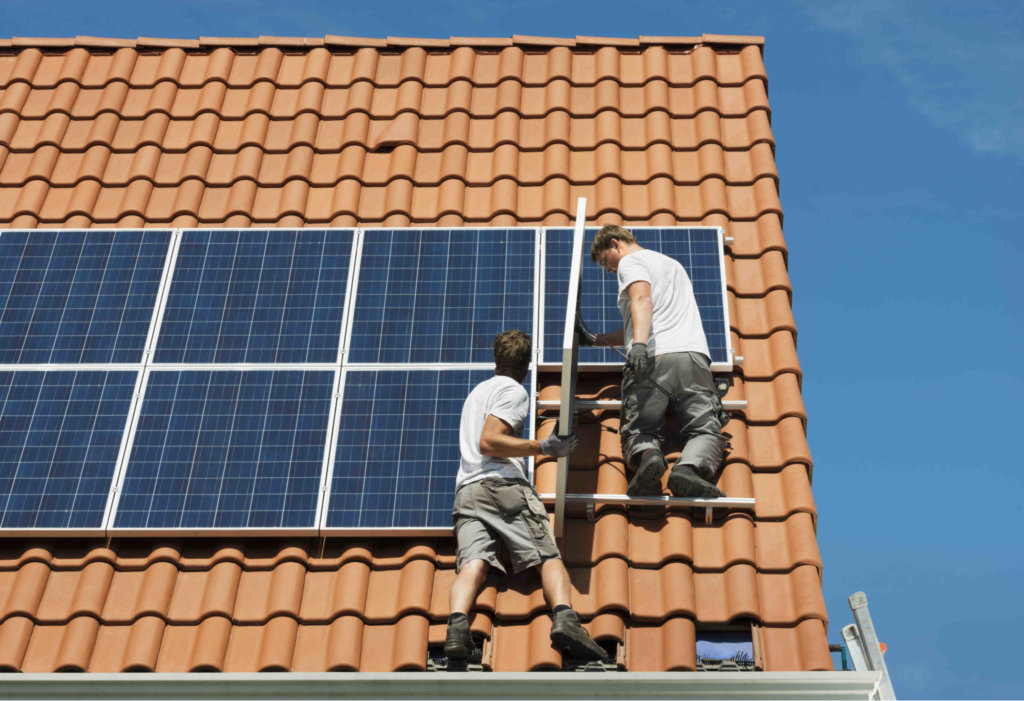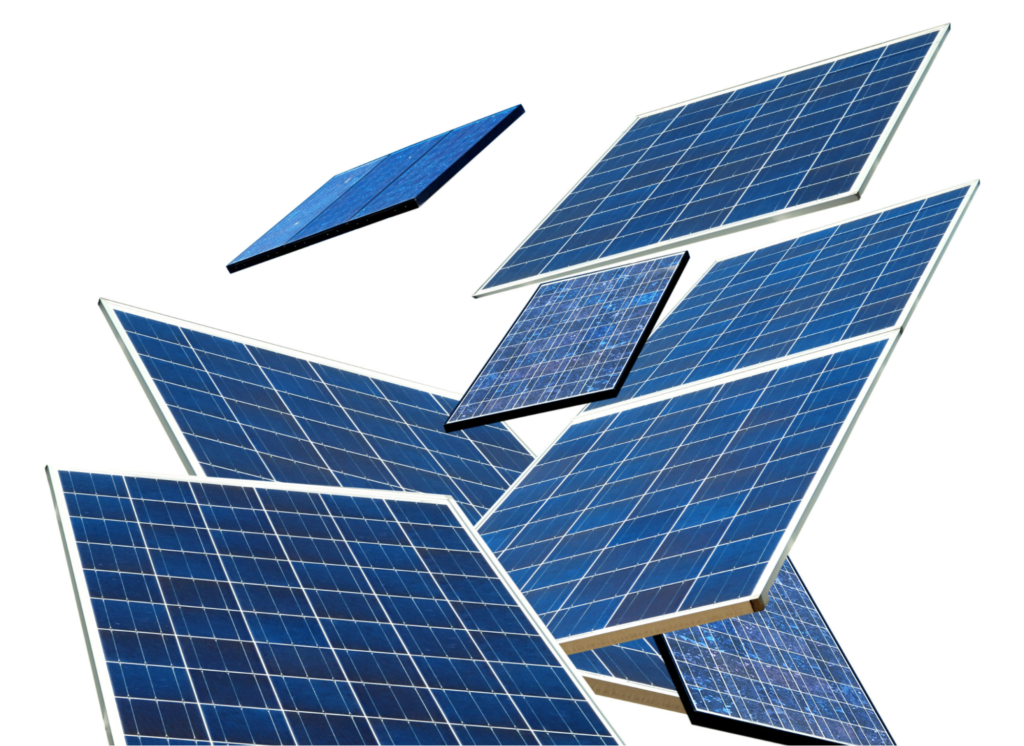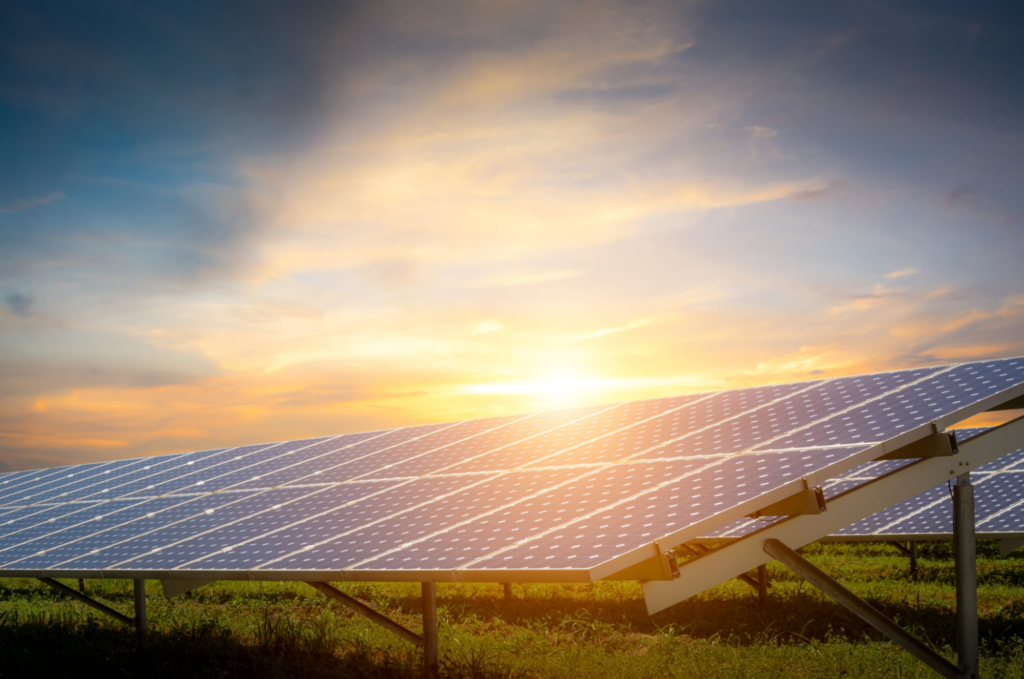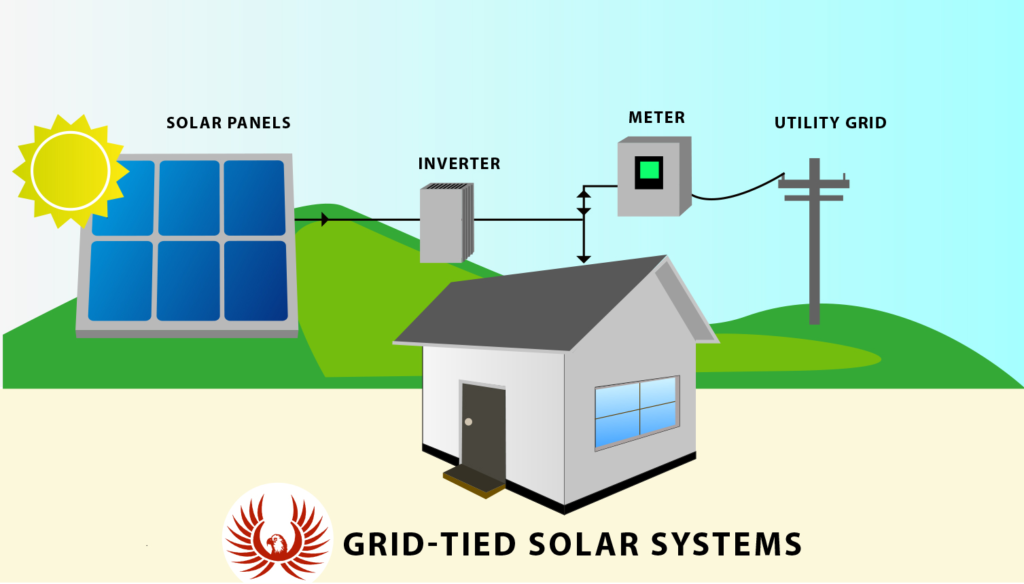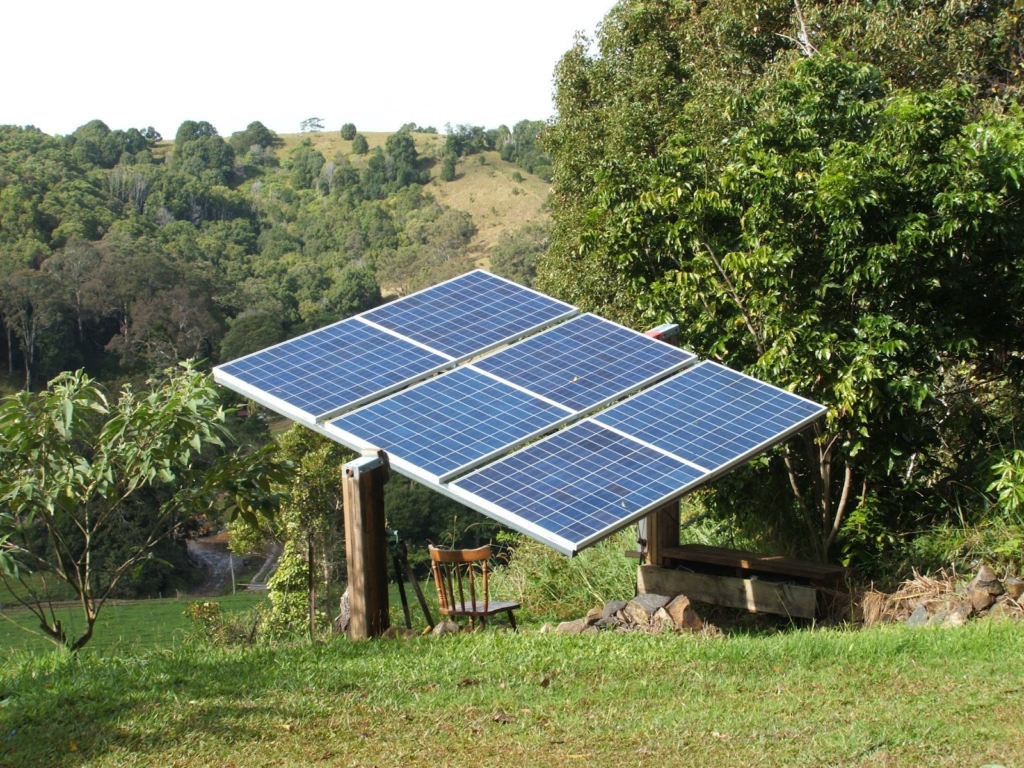How Much Do Solar Panels Cost For A 1500 Square Foot House?
When evaluating solar panels, this is one of the initial questions consumers ask, “How Much Do Solar Panels Cost For A 1500 Square Foot House?” Solar panel prices depend on location, power needs, and electricity bills. As installed solar costs vary so much, there is not one figure that can quote to give you an exact price to install a solar power system. It varies in different locations.
How Much Do Solar Panels Cost For A 1500 Square Foot House?
How Much Do Solar Panels Cost? – Cost of Solar Panels in 2021 Explanation – YouTube
Solar panel prices can vary widely depending on a lot of different factors. If you’re thinking about going solar for your house, a big first step is determining how many solar panels you’ll need. To do this accurately, we must look at two factors: square footage and average daily climate.
To give you a basic idea of the average Cost per panel:
$3 to $4 per watt for an entry-level panel.
That translates to about $3500 for a 6″ by 6″ panel or about $9,500 for a 10″ by 10″ panel. If you are looking at off-grid or emergency home solar, a smaller 3″ by 3″ 1.5 watts works out to be $900.00, and a 10″ by 10″ at 30 watts is around $10,000.
Solar Panel Size Average Solar Installation Costs
| Size | Cost |
| 1 kW | $6,015 |
| 2 kW | $8,000 |
| 3 kW | $9,225 |
| 4 kW | $12,035 |
| 5 kW | $14,893 |
| 6 kW | $18,500 |
| 7 kW | $21,008 |
| 8 kW | $24,552 |
Factors Effect Solar System Installation Cost & Number Of Panels
The cost of installing solar panels depends on several factors, including:
The Type Of Roof
Solar panel installations are most effective on roofs with southern exposure, but not all homes have this type of roof. If your roof is shaded or has too many obstructions in the way, the installation cost will be higher.
Your Location
The cost of installing solar panels also varies by location. The amount of sunlight available in your area and the local utility rates will affect the price you pay for solar panels.
Your electricity consumption. You can figure this out by looking at your power bill or by using an online calculator like this one from the U.S. Department of Energy’s National Renewable Energy Laboratory (NREL).
The Size Of Your Home
The average home in the U.S. uses 10,844 kWh per year — that’s 33% more than what an average family needs to meet their needs. If you have a bigger house with a higher electric bill, converting to solar can help you save more money.
The average home uses 10,844 kWh per year — that’s 33% more than what an average family needs to meet their needs. If you have a bigger house with a higher electric bill, converting to solar can help you save more money.
The Size Of Your System
The more panels you install, the more electricity you’ll produce. The average home uses about 10 kilowatt hours (kWh) of electricity per day, which equates to about 1,000 kWh per month. The average photovoltaic system is between 2 and 7 kWp (kilowatt peak) and costs between $15,000 and $20,000 for a single-family home (1 kWp). For example, if your home uses 10 kWh per day, then a 3 kWp system would generate 3 kWh daily (1/10th of what your house uses).
Here is a brief summary of the costs related to installation:
|
|
|
|
|
|
|
|
|
|
Peak Sunlight Hours Affect Solar Paneling
Peak sunlight hours are a great way to determine how much solar paneling you need for your home.
For example, if you live in the northeast, your peak sunlight hours will be about 1,500 per year. In other areas like Arizona or California, it can be as high as 2,500 hours of peak sunlight per year. You can check with the U.S. Department of Energy to find out how many peak sunlight hours there are in your area – they also have an online calculator that helps determine how much wattage capacity you need for your home.
Remember that solar panels only operate when they are directly exposed to sunlight. If there is shade on them or it’s overcast outside, they won’t produce any power.
- The best way to maximize your energy production from solar panels is by using them as part of a larger energy system that includes batteries and generators that store excess energy for use during non-peak times (usually at night or on cloudy days).
Why do Solar Panels Cost so Much?
Solar panels are composed of several components that contribute to their overall cost. The most expensive component is the high-efficiency solar cells themselves, but other parts include:
- The frame or racking system holds the panels upright on your roof or grounds mount.
- The wiring from your home’s electrical box through your attic or garage (also known as DC disconnects) and out to the solar array, connects with your inverter and battery bank to convert electricity from DC to AC.
- The inverter converts DC electricity into usable AC electricity in your home.
- Batteries store excess solar power so you can use it later when there’s no sun available or when there’s too much demand on the grid (like peak hours).
The Type of Solar Power System
Many different types of solar panel systems can install in your home. The most common is a grid-tied system. This means that the energy produced by the solar panels goes into the grid and is then used to power your home or sold back to your utility company. Grid-tied systems usually require a long-term contract with an energy provider, but they allow you to sell excess energy back to the grid.
Grid-Tied Systems:
The first type of solar system is the grid-tied system. This system uses an inverter to convert direct current (DC) from the panels into alternating (AC). The AC is then fed directly into your home’s main electrical panel. You use this power just like any other electric supply, but you may have to pay a monthly fee for this privilege. This fee is typically between $15 to $30 per month and is called a “net metering” fee.
Grid-Tied plus Storage:
A grid-tied plus storage system is similar to a standard grid-tied system but also includes batteries that store excess energy for use when needed. These systems are common in areas where electricity prices are high or during times when there’s little sun available for generating electricity.
Off-Grid Systems:
A system not connected to the public power grid relies on its battery bank for energy storage. Off-grid systems are more expensive than other types because they require more components like battery banks and inverters.
The cost of solar panels is often a major barrier to entry for many people who would like to install them. But the good news is that it’s becoming increasingly affordable, and there are many options for financing your solar panel purchase.
Wrap Up
The key takeaway here is that as you increase your budget, the more options, and benefits you can offer your home: more panels, more storage, and better protection. While installation prices will be similar, the overall cost and features differ greatly. The good news is that no matter what your budget, several solar providers can help you move towards energy efficiency that fits your lifestyle.

